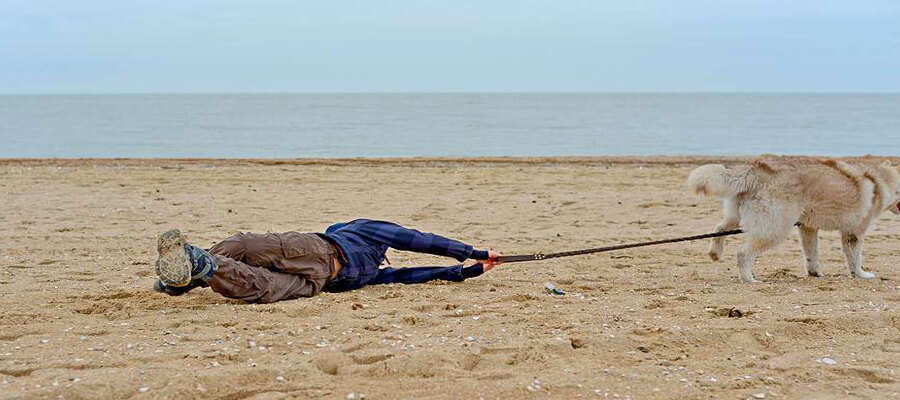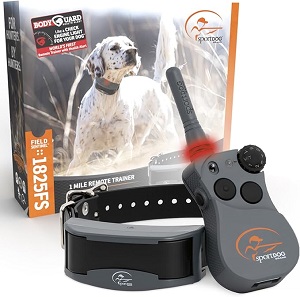
How to Train Your Dog for Emergency Situations
Train Your Dog for Emergency Situations
Emergencies can happen at any time, and being prepared can make all the difference for you and your dog. Whether it’s a natural disaster, a sudden illness, or an unexpected situation, training your dog to respond appropriately can enhance their safety and yours. This comprehensive guide will provide you with practical tips and techniques to train your dog for emergency situations, ensuring they remain calm and obedient when it matters most.
1. Establish Basic Commands
Master Key Commands:
- Start with essential commands like "sit," "stay," "come," and "down." These commands form the foundation for more advanced training and can help you control your dog in emergencies.
- Practice Regularly: Consistent practice is crucial for reinforcing these commands. Use positive reinforcement methods, such as treats and praise, to encourage your dog.
2. Create a Safe Space
Designate a Safe Area:
Essentials for Your Newly Adopted Pet
Welcoming a shelter pet into your life is a beautiful journey. Here are some handpicked items to help your new friend feel safe, loved, and right at home:
- Identify a safe space in your home where your dog can go during emergencies, such as a designated room or crate. This area should be familiar and comfortable for them.
- Introduce the Space: Gradually introduce your dog to this safe space and practice sending them there using commands. This will help them associate it with safety and calmness.
3. Desensitize to Loud Noises
Prepare for Sudden Sounds:
- Emergencies can involve loud noises, such as sirens or thunder. Help your dog become desensitized to these sounds by gradually exposing them in a controlled manner.
- Use Sound CDs: Consider using sound CDs or apps designed for desensitization, gradually increasing the volume over time while rewarding calm behavior.
4. Practice Emergency Drills
Conduct Regular Drills:
- Just like humans, dogs can benefit from emergency drills. Practice evacuation drills that include your dog, ensuring they understand how to respond in various scenarios.
- Include Leash Training: Incorporate leash training into your drills, ensuring your dog walks calmly by your side and responds to commands during the process.
5. Train for Specific Situations
Tailor Training to Potential Emergencies:
- Identify the types of emergencies that may be most relevant to your location (e.g., earthquakes, floods, fires) and train your dog to respond appropriately.
- Simulate Scenarios: Create simulations for specific situations, like leaving a building during a fire drill, to help your dog learn what to do.
6. Socialization with New People and Environments
Expose Your Dog to Various Environments:
- Regular socialization with different people, places, and situations will help your dog adapt to unexpected changes during emergencies.
- Positive Experiences: Make these experiences positive by rewarding your dog with treats and praise when they handle new situations well.
7. Teach "Leave It" and "Drop It" Commands
Essential Commands for Emergencies:
- Teach your dog the "leave it" and "drop it" commands to prevent them from picking up or interacting with potentially dangerous objects during emergencies.
- Practice Regularly: Reinforce these commands with consistent practice, using treats as motivation to encourage prompt responses.
8. Prepare a Dog Emergency Kit
Assemble an Emergency Kit:
- Create an emergency kit specifically for your dog, including essentials such as food, water, medications, and a first-aid kit. This ensures that you have everything you need in case of an emergency.
- Familiarize Your Dog: Introduce your dog to the emergency kit, ensuring they remain calm around it. You can reward them for being near the kit to create positive associations.
9. Incorporate Calming Techniques
Teach Relaxation Techniques:
- Incorporate calming techniques into your training regimen to help your dog manage stress during emergencies. Techniques can include deep pressure therapy or the use of calming music.
- Use Comfort Items: Allow your dog to have access to their favorite toys or blankets during emergencies to help them feel secure.
10. Stay Calm and Positive
Model Calm Behavior:
- Dogs often pick up on their owners' emotions, so it’s essential to stay calm and positive during training sessions and actual emergencies. Your demeanor can significantly impact your dog’s response.
- Reinforce Confidence: Use positive reinforcement to encourage confidence in your dog, ensuring they feel secure and capable during emergencies.
Conclusion
Training your dog for emergency situations is crucial for their safety and your peace of mind. By establishing basic commands, practicing emergency drills, and preparing your dog for various scenarios, you can ensure they respond calmly and effectively when unexpected events occur. Remember, consistent training and positive reinforcement are key to building your dog’s confidence and reliability in emergencies. With the right preparation, you and your furry companion can face any challenge together, ensuring their well-being and security in times of need.
Affiliate Products
We may earn a small commission when you shop through our links — it helps us keep sharing love and care for every dog out there, at no extra cost to you.
Up to 75% Discount

Dog Collar with Health Monitoring
BUY NOW »
Up to 55% Discount

Luxury Faux Furhuge Napping Bed
BUY NOW »

